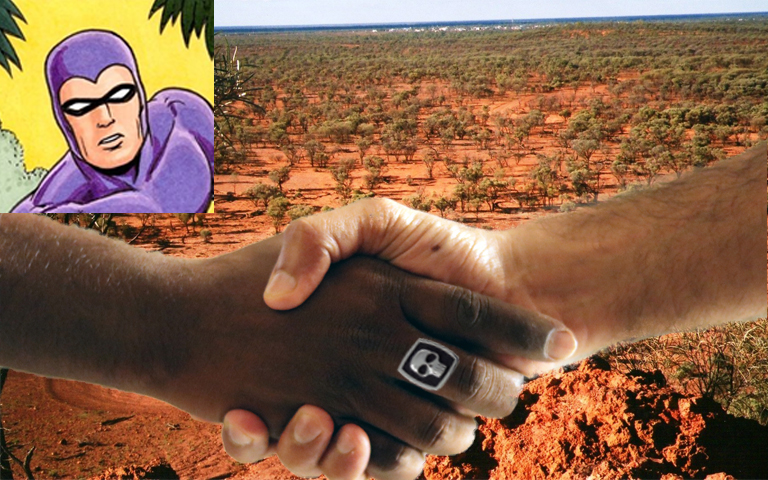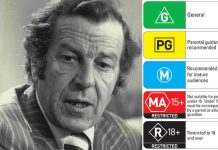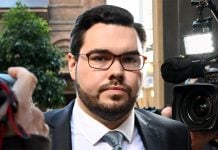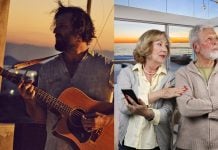
CLANCY OVERELL | Editor | CONTACT
Since the early days of Federation, the central-north-inland Queensland town of Migalobudoo has been notorious for the hostile relationship between the town’s Indigenous community and the white working class.
Ever since the elite southerners forced the White Australia policy upon this melting pot of sun-soaked agriculture in 1901, the government has forged a wedge between these two communities with divisive political rhetoric aimed at undermining any form of social cohesion and solidarity.
The disempowerment of the Indigenous locals, pitted against the socio-economic distress of the settler underclass, has seen very little integration between the two communities.
Outside of the rugby league oval, of course.
However, as the gap between mainstream and Indigenous education and health continues to widen – it has become apparent to leaders from both sides of the tracks that something must be done to reconcile the growing disparity and tensions between the black and white families in town.
All parties agree that this place is starting to look like the place that Bruce sings about in ‘My Hometown’.
With the Black Lives Matters protests making their way to Migaloobudoo last month – the town’s non-Indigenous community has now begun to reluctantly confront the fact that they actually aren’t envious of anyone born black in their town.
In a socially-distanced town hall meeting on Monday, representatives from both communities met to discuss how to move forward as one – and find a way for this iconic Outback town to do away with their historical baggage.
Also present at the meeting were representatives from the high school, police force, Aboriginal legal service, council chambers and local footy side sat down for five hours to formulate a plan for harmony.
All parties agreed that Migaloobudoo is starting to look like a bit like the place that Bruce sings about in ‘My Hometown’.
At the end of the meeting, it had become apparent that, aside from the obvious statistical hurdles that seperate these two communities in a socio-economic and institutional standpoint. They actually have a lot more in common than they think.
Namely, their mutual love of Slim Dusty, Holden Commodores, and the local rugby league club, the Migaloobudoo Meat Axes.
When you also consider the fact that every single person in town voted for Bob Katter at the last election – the black and white residents of Migaloobudoo couldn’t be more similar.
However, it was their shared obsession with The Ghost Who Walks that appears to have really brought the town together.
Like everywhere in the bush, the die-hard loyalty shown toward The Phantom comics had always sat just below the surface of everyday conversation in this town, as many grown adults are very shy about mentioning that they keep figurines and stacks of cartoons in their garage.
But today, it has brought everyone closer.
Speaking at the lectern at the end of a exhausting afternoon meeting, local elder Uncle Rock Watmough gave this town’s equivalent to the Lights On The Hill Speech.
“We have a long way to go, but at least know we know we can go down this path together, as one”
“Not just black, not just white. We are black, white and purple.”
The town erupted into cheers and both communities immediately violated social distancing measures as they began trading their collectable comic books.










